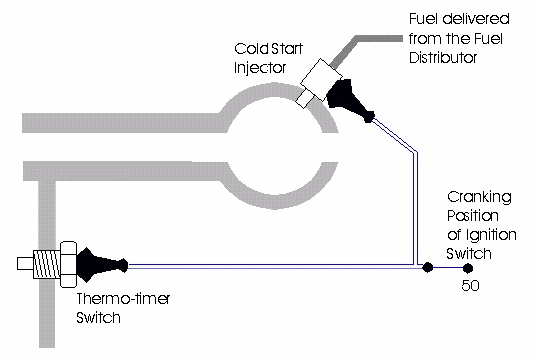

These results were similar to those that have been reported in pancreatic ductal adenocarcinoma ( 17) and non-small cell lung cancer ( 18).

We now demonstrate that ITGB4 mRNA alone can be used to stratify survival for TNBC patients that require chemotherapy patients with tumors exhibiting high levels of ITGB4 mRNA had a significantly worse prognosis. Moreover, an ITGB4-related 65-gene classifier has been shown to have prognostic value when used to generally analyze survival of breast cancer patients ( 16). Importantly, ITGB4 has been previously shown to be enriched in TNBC breast cancer patient tissues ( 16). This result was consistent with previous mechanistic work, which demonstrated that ITGB4 can promote activation of the MET protooncogene receptor tyrosine kinase, epidermal growth factor receptor, focal adhesion kinase, SRC protooncogene nonreceptor tyrosine kinase, phosphoinositide 3-kinase, AKT serine/threonine kinase (AKT), mitogen-activated protein kinase kinase 1/2, mitogen-activated protein kinase (ERK) 1/2, and ras homolog family member A signaling pathways that are known to enhance tumor progression ( 13– 15). In an effort to better resolve the carcinoma cell heterogeneity often observed in TNBC, we determined that integrin-β4 (ITGB4) can be used as a marker to identify CSC-enriched populations of partially mesenchymal carcinoma cells. Furthermore, these more mesenchymal carcinoma cells often exhibit increased metastatic abilities and elevated resistance to radiation and chemotherapy ( 1, 5). Carcinoma cells that have activated an EMT program often exhibit increased tumor-initiating capacity as well as enhanced migratory and invasive abilities ( 1, 4, 5). In particular, as occurs in a number of tissues, epithelial carcinoma cells are able to acquire mesenchymal-like traits through activation of the cell-biological program termed the epithelial-to-mesenchymal transition (EMT) ( 1). Whereas many of these changes derive from alterations of their genomes, others are acquired through the expression of previously latent cell-biological programs such programs may be activated in response to signals that carcinoma cells receive from their microenvironment ( 1– 3). The ability to rapidly isolate and mechanistically interrogate the CSC-enriched, partially mesenchymal carcinoma cells should further enable identification of novel therapeutic opportunities to improve the prognosis for high-risk patients with TNBC.ĭuring the multistep formation of carcinomas, the epithelial cells from which carcinomas arise are known to acquire multiple changes in cell phenotype that provide various types of selective advantage during tumor progression ( 1). Hence, mesenchymal carcinoma cell populations are internally heterogeneous, and ITGB4 is a mechanistically driven prognostic biomarker that can be used to identify the more aggressive subtypes of mesenchymal carcinoma cells in TNBC. In addition, we demonstrate that ZEB1 and ITGB4 are important in modulating the histopathological phenotypes of tumors derived from mesenchymal TNBC cells. Mechanistically, we find that the ZEB1 (zinc finger E-box binding homeobox 1) transcription factor activity in highly mesenchymal SUM159 TNBC cells can repress expression of the epithelial transcription factor TAp63α (tumor protein 63 isoform 1), a protein that promotes ITGB4 expression. Among patients with TNBC who received chemotherapy, elevated ITGB4 expression was associated with a worse 5-year probability of relapse-free survival. Notably, we demonstrate that ITGB4 + cancer stem cell (CSC)-enriched mesenchymal cells reside in an intermediate epithelial/mesenchymal phenotypic state. Indeed, we find that a basal epithelial marker, integrin-β4 (ITGB4), can be used to enable stratification of mesenchymal-like triple-negative breast cancer (TNBC) cells that differ from one another in their relative tumorigenic abilities. Because carcinoma cells with mesenchymal features are often more resistant to therapy and may serve as a source of relapse, we sought to determine whether such cells could be further stratified into functionally distinct subtypes. Neoplastic cells within individual carcinomas often exhibit considerable phenotypic heterogeneity in their epithelial versus mesenchymal-like cell states.


 0 kommentar(er)
0 kommentar(er)
